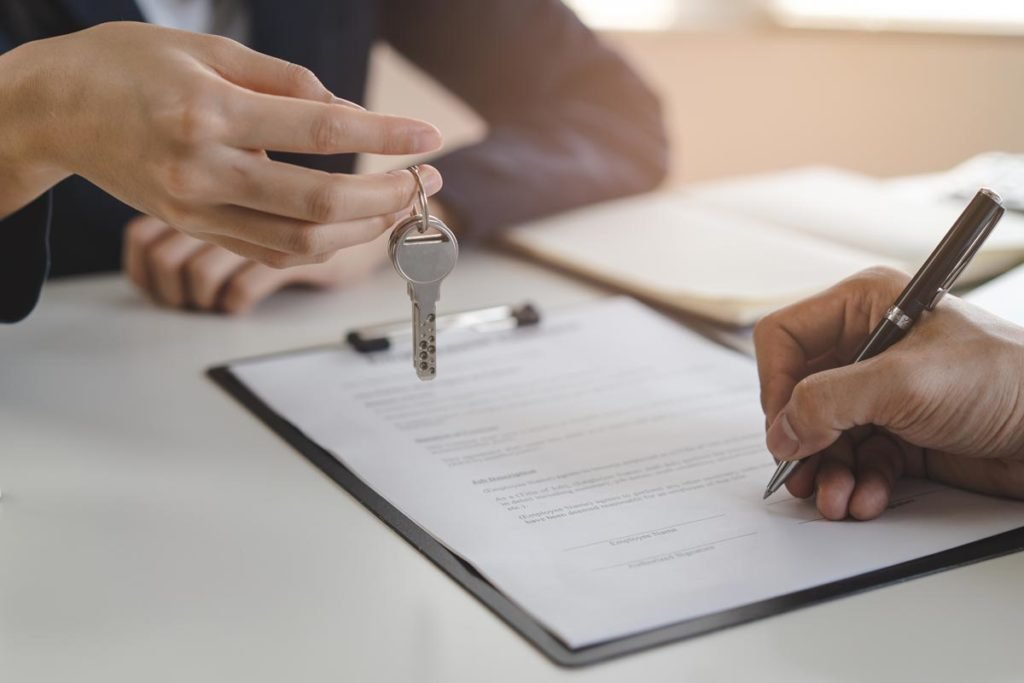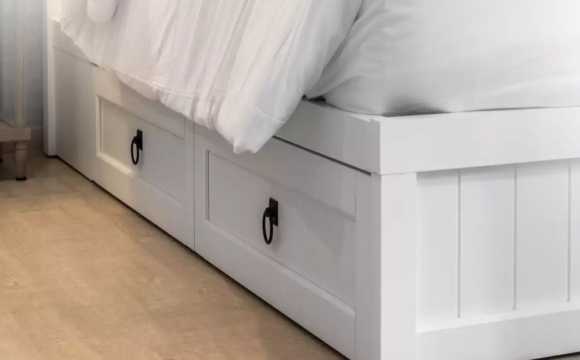Becoming a landlord for the first time is both an exciting and challenging experience. Renting out a property can offer a steady stream of income, tax benefits, and long-term financial growth. However, managing tenants, property maintenance, and legal responsibilities requires thorough preparation. To help you succeed from the very start, here’s the ultimate First-Time Landlord Checklist.
1. Understand Local Laws and Regulations
Before listing your property, familiarize yourself with local, state, and federal landlord-tenant laws. These laws cover crucial topics such as:
- Security deposit limits and timelines
- Eviction procedures
- Habitability standards
- Anti-discrimination policies (such as the Fair Housing Act)
Consider consulting a real estate attorney or property management expert to ensure full compliance.
2. Prepare the Property for Rent
Your rental should be clean, safe, and functional before tenants move in. Here are key tasks:
- Inspect plumbing, heating, and electrical systems
- Repair or replace broken appliances
- Ensure all locks and windows are secure
- Repaint walls and clean carpets or floors
- Test smoke and carbon monoxide detectors
A well-maintained home reduces tenant complaints and can justify higher rent.
3. Set a Competitive Rental Price
Research local rental rates for similar properties in your area. Factors to consider include location, square footage, amenities, and demand. Overpricing may result in long vacancies, while underpricing could mean missed income.
Online platforms like Zillow, Rentometer, and Craigslist can help with market comparisons.
4. Screen Tenants Carefully
Tenant screening is critical to avoid future issues. Create a rental application and check:
- Credit history
- Employment and income verification
- References from previous landlords
- Criminal background (where legally permitted)
Choose tenants who demonstrate financial stability and a history of responsible renting.
5. Create a Solid Lease Agreement
Your lease should clearly outline the rights and responsibilities of both parties. Key elements include:
- Monthly rent amount and due date
- Lease duration (e.g., one year)
- Security deposit terms
- Maintenance responsibilities
- Pet policies and house rules
Have a legal professional review your lease before use.
6. Document Property Condition
Before move-in, perform a walkthrough with the tenant and document the property’s condition with photos and a checklist. Have both parties sign this document to avoid disputes over damages later.
7. Set Up Payment and Communication Systems
Use a reliable system for rent collection (e.g., direct deposit or online platforms like Cozy or RentRedi). Also, establish clear communication channels for maintenance requests and emergencies.
8. Plan for Ongoing Maintenance
Regular upkeep protects your investment and keeps tenants happy. Schedule seasonal inspections, respond promptly to repair requests, and budget for unexpected repairs (ideally 1%–2% of property value annually).
9. Purchase Landlord Insurance
Standard homeowners insurance doesn’t cover rental properties. Landlord insurance provides protection against property damage, loss of rental income, and liability claims.
Conclusion
Succeeding as a first-time landlord requires careful planning, clear communication, and a proactive approach to property management. By following this checklist, you’ll be well-prepared to handle challenges, keep tenants satisfied, and build a profitable rental business.








